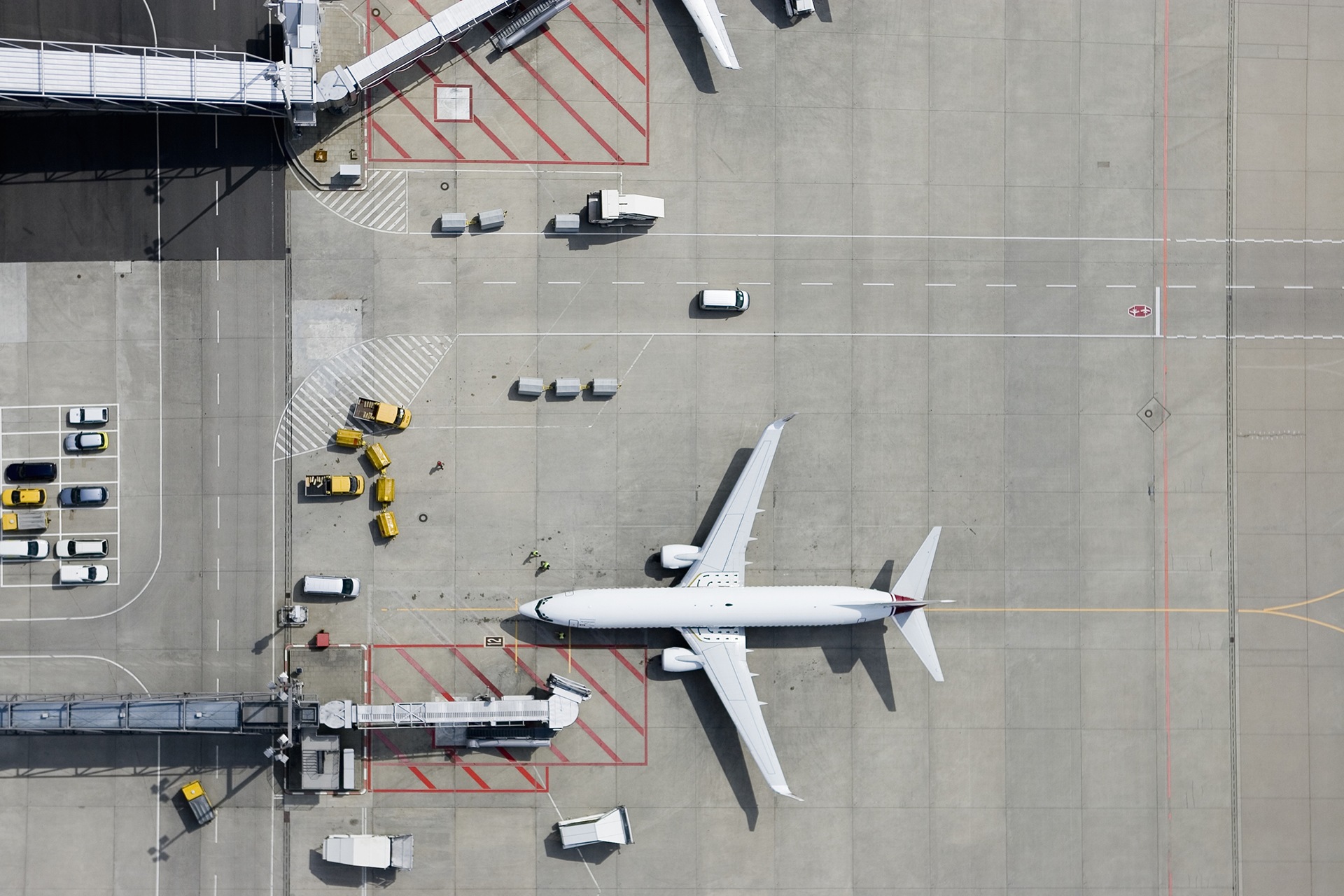Latin American and Caribbean carriers, and their countries, appear to be on the winning side of the geopolitical and tariff-strewn headwinds that are buffeting airlines and economies elsewhere.
Some of the shifts and trends being seen this year in terms of air traffic growth or decline are marked. IATA data show that in July, Latin American carriers led the world in terms of aircraft movement growth, which was up 9.3% internationally and 7.2% overall compared with July 2024. ALTA, the Latin American & Caribbean association, has numbers for June showing a similar pattern. Overall, air traffic in Latin America and the Caribbean reached 38.3 million passengers, marking a 3.4% year-over-year increase. Brazil saw its fourth consecutive month of record traffic numbers, which were up 11.2% versus June last year. Argentina’s international traffic grew 14% and domestic traffic 12% year-over-year.
Interestingly, ALTA statistics also show that Mexico’s overall passenger numbers dipped slightly by 0.4% in June, but the biggest drop, of 2.1%, was in traffic to the U.S. And yet, traffic numbers between Mexico and Canada grew 12.2%.
While it’s early to determine the root causes or longevity of these shifts, it seems naïve not to believe people are making different decisions about where to fly, whether for pleasure or work, within the tariff threats, enforcement and mudslinging that are flying back and forth between some countries.
Peter Cerdá, who has the dual role of IATA VP Americas and ALTA CEO, told ATW, “This shows the geopolitical shifts and risks have played a big role.”
Whatever is underpinning these shifts, there is a huge opportunity that Latin American carriers, airports, governments and communities must seize. To be fair, Latin American carriers have largely reinvented themselves in the post-pandemic years, in some cases by forced restructuring but also by recognizing they needed to modernize and be more efficient…



